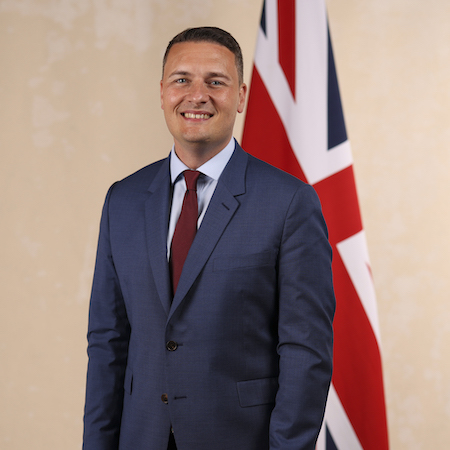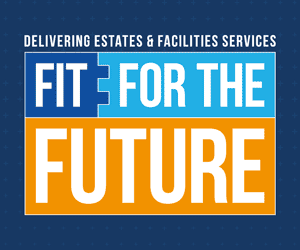The Government’s 10 Year Infrastructure Strategy (10YIS), unveiled by Chancellor Rachel Reeves, commits to more public money to fix crumbling infrastructure. The Strategy sets out a new, ‘spatial’ approach to public infrastructure – from health to schools, transport, flood management, decarbonisation and green energy, housing and social projects. It also aims to provide the clarity, stability and confidence to attract the private investment that will be necessary to deliver on the Strategy’s ambitions.
Completion of the 35 hospitals committed under the New Hospital Programme, including those with RAAC, are detailed under this Strategy.
The Government has pledged at least £725 billion funding over the coming decade to the Strategy and says at least £9 billion will be allocated in 2025-26 to address the critical maintenance needs of health, education and justice estates, rising to over £10 billion per year by 2034-35.
Rachel Reeves says: “Over £6 billion per year will create safer hospital environments across England with reduced waiting times, improved patient outcomes and better working conditions for NHS staff. By eliminating RAAC concrete and addressing critical infrastructure risks, patients will receive care in modern facilities that support rather than hinder their treatment and recovery.”
New planning approach
The ‘spatial’ approach to planning infrastructure will provide a more holistic platform, combining across different sectors and geographies to address both national and local needs. Future updates to the Strategy will set out national, spatial priorities for England.
The recently-established National Infrastructure and Service Transformation Authority (NISTA), is leading the development of a national infrastructure spatial digital tool for the Government to strengthen the local evidence base for place-based infrastructure investment decisions.
The benefits of a spatial approach to service planning are already being seen within Integrated Care Systems. NHS South East London is one example of where spatial analysis has been used to help inform on the planning of new women’s and girls’ health hubs.
Private money
Attracting private sector investment into public infrastructure is always going to be controversial, but the Government Strategy acknowledges that to deliver its ambitions: “A significant increase in private investment is needed to complement and maximise the value of the extensive public investment underway.”
The Government is looking for a “step-change” in investment and says it will work with the private sector to harness the potential for private finance. This will involve working with pension funds and other providers of capital to support the supply of private capital into the UK infrastructure market. These sources of capital will be matched to investment opportunities through public financial institutions. Infrastructure finance models will also continue to evolve, exploring the use of Public Private Partnerships (PPPs) where they may be appropriate and provide value for money for taxpayers. This could include initiatives to decarbonise the public sector estate and in certain types of primary care and community health infrastructure.
UNISON’s General Secretary, Christina McAnea has already cautioned against a return to the PPI model, saying: "When a previous Labour government made major investments in public buildings, they involved the damaging public finance initiative.
"Many bodies are still paying the price for that, with considerable debt. It's important to avoid repeating mistakes of the past that have saddled taxpayers with vastly inflated costs."
Rachel Reeves stresses the need for investment in public sector infrastructure that few would argue with, stating the 10-year maintenance investment will deliver tangible improvements for people across the country.
“This strategic investment approach will help break the cycle of deterioration and emergency repairs that has characterised public infrastructure maintenance for decades. By adopting a preventative approach, services will face fewer disruptive closures, operate more efficiently, and deliver better value for taxpayers in the long term.
“The programme directly supports the government’s mission to build an NHS fit for the future, with healthcare facilities that enable earlier diagnosis and better treatment outcomes. It also advances the mission to break down barriers to opportunity by ensuring all children have access to quality learning environments, regardless of where they live.”
NISTA will work with partners across government and industry to effectively implement the strategy across the whole of the UK and will periodically review the progress made and work with devolved governments to ensure that infrastructure strategy across the UK is joined up.
Becky Wood, Chief Executive Officer of NISTA, says: “Strategic preventative maintenance based on longer-term plans is a more effective approach than making decisions in the absence of certainty about the future - and will ensure our vital public services remain resilient and fit for purpose.
“By approaching replacement and maintenance of our infrastructure in an informed and systematic way, we can target interventions effectively and plan properly for the future.”










